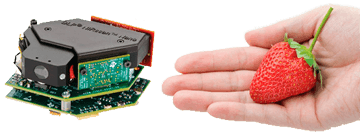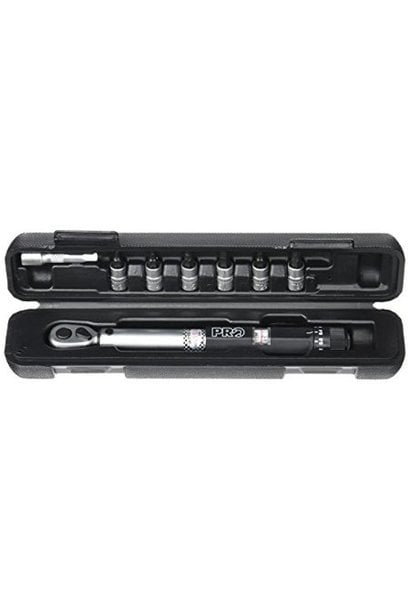The Teachers' Toolbox is a complete supply and service store for APS teachers and support personnel with costs well below retail prices. STORE IS NOW OPEN FOR BUSINESS!!
Name
- Nm-tool - utility to report NetworkManager state and devices Synopsis nm-tool Description The nm-tool utility provides information about NetworkManager, device, and wireless networks. See Also networkmanager(8), Referenced By networkmanager.conf(5), nm-online(1), nm-system-settings.conf(5), nmcli(1).
- To make nm display debugger symbols as well in the output, use the -a command line option. Nm -a obj-filename For example: nm -a apl. The above command will display all symbols, including debugger-only symbols which are normally not listed.
nm - list symbols from object files
Synopsis
nm [-a|--debug-syms] [-g|--extern-only][--pluginname] [-B] [-C|--demangle[=style]][-D|--dynamic] [-S|--print-size] [-s|--print-armap][-A|-o|--print-file-name][--special-syms] [-n|-v|--numeric-sort] [-p|--no-sort][-r|--reverse-sort] [--size-sort] [-u|--undefined-only] [-tradix|--radix=radix][-P|--portability] [--target=bfdname] [-fformat|--format=format] [--defined-only][-l|--line-numbers] [--no-demangle] [-V|--version] [-X 32_64] [--help] [objfile...]
Description
GNUnm lists the symbols from object files objfile.... If no object files are listed as arguments, nm assumes the filea.out.
For each symbol, nm shows:
• The symbol value, in the radix selected by options (see below), or hexadecimal by default.• The symbol type. At least the following types are used; others are, as well, depending on the object file format. If lowercase, the symbol is local; ifuppercase, the symbol is global (external).
'A'The symbol's value is absolute, and will not be changed by further linking.
'B'
'b'
The symbol is in the uninitialized data section (known as BSS ).
'C'
The symbol is common. Common symbols are uninitialized data. When linking, multiple common symbols may appear with the same name. If the symbol is definedanywhere, the common symbols are treated as undefined references.
'D'
'd'
The symbol is in the initialized data section.
'G'
'g'
The symbol is in an initialized data section for small objects. Some object file formats permit more efficient access to small data objects, such as aglobal int variable as opposed to a large global array.
'i'
For PE format files this indicates that the symbol is in a section specific to the implementation of DLLs. For ELF formatfiles this indicates that the symbol is an indirect function. This is a GNU extension to the standard set of ELF symbol types. Itindicates a symbol which if referenced by a relocation does not evaluate to its address, but instead must be invoked at runtime. The runtime execution willthen return the value to be used in the relocation.
'N'
The symbol is a debugging symbol.
'p'
The symbols is in a stack unwind section.
'R'
'r'
The symbol is in a read only data section.
'S'
's'
The symbol is in an uninitialized data section for small objects.
'T'
't'
The symbol is in the text (code) section.
'U'
The symbol is undefined.
'u'
The symbol is a unique global symbol. This is a GNU extension to the standard set of ELF symbol bindings. For such a symbolthe dynamic linker will make sure that in the entire process there is just one symbol with this name and type in use.
'V'
'v'
Linux Mint Nm-tool
The symbol is a weak object. When a weak defined symbol is linked with a normal defined symbol, the normal defined symbol is used with no error. When a weakundefined symbol is linked and the symbol is not defined, the value of the weak symbol becomes zero with no error. On some systems, uppercase indicates that adefault value has been specified.
'W'
'w'
The symbol is a weak symbol that has not been specifically tagged as a weak object symbol. When a weak defined symbol is linked with a normal definedsymbol, the normal defined symbol is used with no error. When a weak undefined symbol is linked and the symbol is not defined, the value of the symbol isdetermined in a system-specific manner without error. On some systems, uppercase indicates that a default value has been specified.
'-'
The symbol is a stabs symbol in an a.out object file. In this case, the next values printed are the stabs other field, the stabs desc field, and the stabtype. Stabs symbols are used to hold debugging information.
'?'
The symbol type is unknown, or object file format specific.
• The symbol name.
Options
The long and short forms of options, shown here as alternatives, are equivalent.
-A-o
The same as --format=bsd (for compatibility with the MIPSnm).
-C

-v


-v
This option is ignored for compatibility with the AIX version of nm. It takes one parameter which must be the string 32_64. Thedefault mode of AIXnm corresponds to -X 32, which is not supported by GNUnm.
Options in file are separated by whitespace. A whitespace character may be included in an option by surrounding the entire option in either single ordouble quotes. Any character (including a backslash) may be included by prefixing the character to be included with a backslash. The file may itselfcontain additional @file options; any such options will be processed recursively.
See Also
ar(1), objdump(1), ranlib(1), and the Info entries for binutils.
Copyright
Copyright © 1991, 1992, 1993, 1994, 1995, 1996, 1997, 1998, 1999, 2000, 2001, 2002, 2003, 2004, 2005, 2006, 2007, 2008, 2009 Free Software Foundation,Inc.
Permission is granted to copy, distribute and/or modify this document under the terms of the GNU Free Documentation License, Version 1.3 orany later version published by the Free Software Foundation; with no Invariant Sections, with no Front-Cover Texts, and with no Back-Cover Texts. A copy of thelicense is included in the section entitled ' GNU Free Documentation License'.
